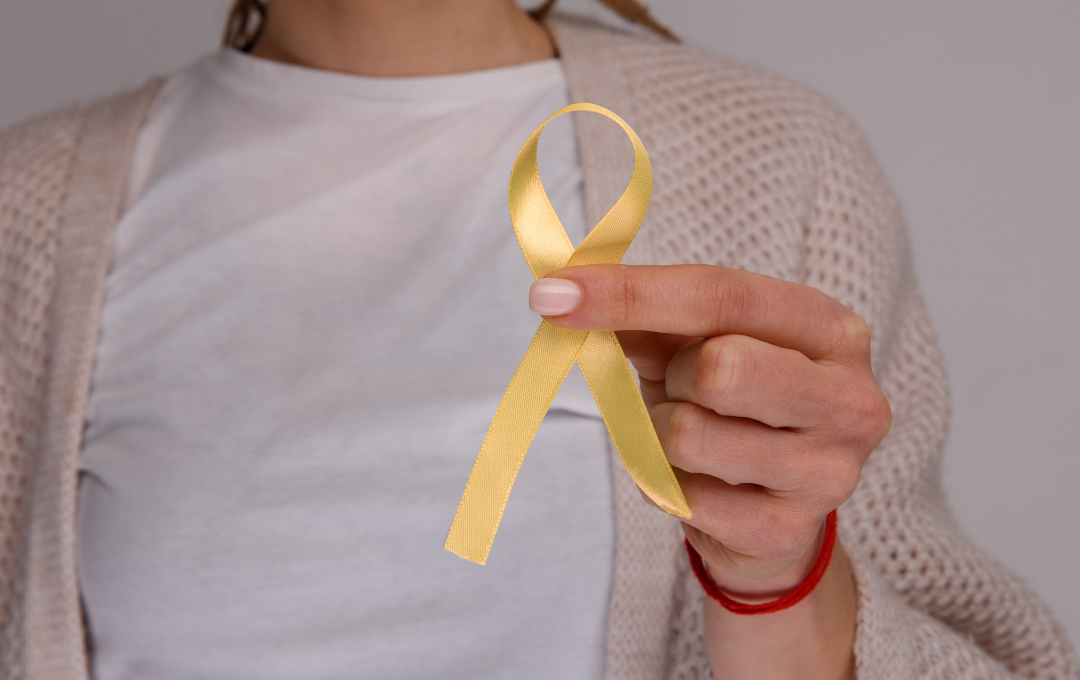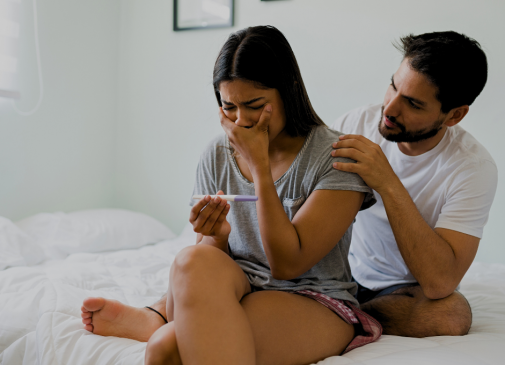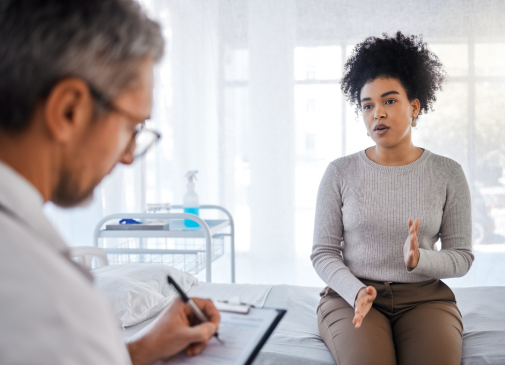
March brings awareness to a condition that affects that affects one in ten women worldwide: endometriosis. A condition that, like fibroids, causes significant pain and impacts fertility. While both conditions pose challenges to women’s reproductive health, they are distinct. Understanding their differences can help you determine the right course of action if you’re experiencing symptoms.
What is Endometriosis?
Endometriosis occurs when tissue similar to the uterine lining grows outside of the uterus, commonly on the ovaries, fallopian tubes, and pelvic tissue. This misplaced tissue responds to hormonal changes, thickening and breaking down as it would inside the uterus. However, unlike menstrual blood, this tissue has no way to exit the body, leading to inflammation, pain and scarring.
What Causes Endometriosis and Fibroids?
The exact cause of endometriosis is still unknown, but several factors may contribute to its development. Some of these factors overlap with the causes of fibroids, which are noncancerous growths in the uterus. Potential causes and risk factors for both conditions include:
- Hormonal imbalances: Estrogen plays a significant role in the growth of both endometrial tissue and fibroids. High levels of estrogen can contribute to abnormal tissue development.
- Genetics: A family history of endometriosis or fibroids may increase the likelihood of developing these conditions.
- Inflammation and immune system response: Chronic inflammation and immune system dysfunction can allow abnormal tissue growth to persist, contributing to both endometriosis and fibroids.
- Menstrual flow issues: Conditions like retrograde menstruation, where menstrual blood flows backward into the pelvic cavity instead of leaving the body, may contribute to the development of endometriosis.
- Lifestyle and environmental factors: Diet, stress, and exposure to certain environmental toxins may influence the risk of developing fibroids and endometriosis.
Understanding these risk factors can help you take a proactive approach to managing your reproductive health. If you experience symptoms, seeking medical advice can lead to early diagnosis and effective treatment options.
Symptoms of Endometriosis vs Fibroids
Endometriosis and uterine fibroids share several symptoms, making it difficult to determine the underlying condition. However, key differences can help differentiate between the two conditions.
| Symptom | Endometriosis | Fibroids |
| Pelvic pain | Chronic pain, often worsening before or during menstruation | Heavy, cramping pain, especially during periods |
| Heavy menstrual bleeding | May cause irregular bleeding | Heavy and prolonged periods |
| Infertility | Common, due to scarring and adhesions | Can occur, depending on fibroid size and location |
| Pain during intercourse | Frequent and deep pelvic pain | May occur if fibroids press against the vaginal wall |
| Bowel or urinary issues | Painful urination, constipation, or diarrhea during menstruation | Pressure on the bladder or rectum may cause frequent urination or constipation |
Many women dismiss these symptoms as normal menstrual discomfort, leading to delays in diagnosis. According to the Endometriosis Foundation of America, the average wait time for an accurate diagnosis is between eight to ten years. If you’re experiencing persistent symptoms, a pelvic exam or imaging test can help determine whether you have fibroids or endometriosis.
Use our symptom checker to assess your symptoms and determine if you should seek medical advice.
Treatments for Endometriosis and Fibroids
Managing endometriosis depends on the severity of symptoms and personal health goals. Birth control pills, Gn-RH agonists, progestin therapy, and aromatase inhibitors can help regulate or suppress the menstrual cycle, reducing pain and lesion growth. However, symptoms often return once treatment stops. In more severe cases, laparoscopic surgery may be recommended to remove endometrial tissue, and in extreme cases, a hysterectomy may be considered.
For fibroids, treatment options such as uterine fibroid embolization (UFE) provide a minimally invasive, non-surgical way to shrink fibroids and relieve symptoms without affecting fertility. In more serious cases, surgery may be recommended, but each case is unique and requires a personalized treatment plan tailored to the patient’s needs.
Identify the Root Cause of Your Symptoms
Early diagnosis and treatment can make a difference in your quality of life. Painful symptoms should never be ignored, as they may indicate a health condition that requires medical attention.
Fibroid Fighters is dedicated to providing resources, support and advocacy for those struggling with fibroid symptoms. Join our community and follow us on Instagram to stay informed and connect with others who understand your journey.
Importance of Sharing Your Story
Your story, whether shared through video, audio, or text, has the power to resonate with countless women who may be experiencing similar struggles. By participating in our fibroid testimonial page, you become part of a community that values connection, strength, and shared experiences. Together, we can foster a space where women feel heard, supported, and empowered to take control of their health. Sharing your testimonial not only contributes to your own healing but also strengthens the collective voice of those who are bravely fighting fibroids.







